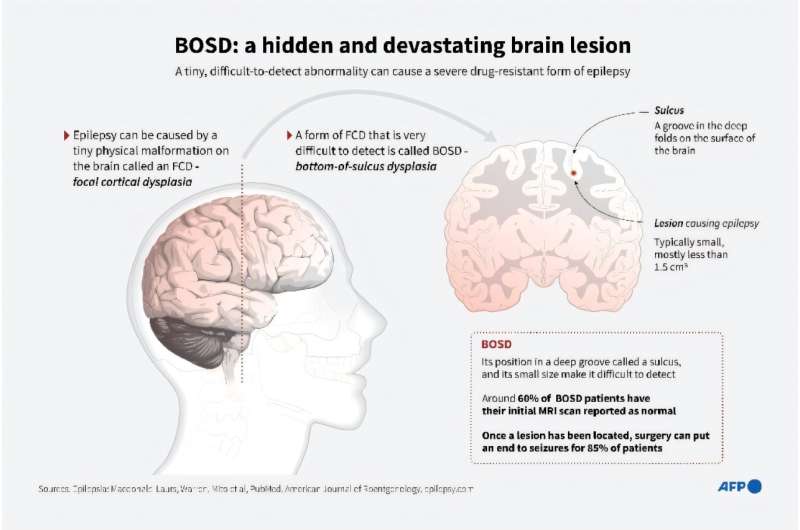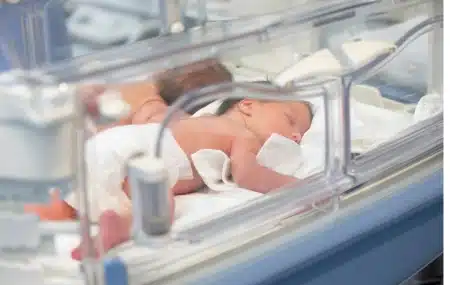Could Lab-Grown Human Minibrains Help Treat Alzheimer’s and Epilepsy?
November 19, 2018
Featuring the work of CURE Grantee Dr. Steven Petrou
[A reporter] sits down to chat with Florey Institute Director Professor Steven Petrou, who leads research that creates organoids to mimic the behavior of the brains of children with rare, debilitating forms of epilepsy.
The researchers take skin cells from the children, turn them into pluripotent stem cells that can form almost any tissue in the body, then direct them to become neurons. Through a microscope you can clearly see the slender bodies of those brain cells afloat in a watery matrix. Hook them up to electrodes and you get something mind-bending. These guys are talking to each other – the computer shows spikes of electrical activity as the neurons fire.
But for the kids Petrou is trying to help, the chatter is out of whack. Some have a mutation in a gene called SCN2A that controls the passage of sodium in and out of the neuron.
“This is a gain of function of excitation, so this channel works too hard and produces epilepsy,” says Petrou.
Replicating that glitch in a dish has allowed the researchers to tailor a treatment right there on the bench; Petrou is on the verge of announcing a clinical trial of a gene therapy to treat one variant of the disorder. And it won’t just aim to stop the seizures.
“The idea with precision medicine in this application is if you can fix the fundamental disorder far enough back in the pathological chain, you should fix all the problems,” says Petrou.
If the treatment works, these kids could be spared the intellectual disability and movement disorders that go hand-in-glove with constant seizures.








